Last updated on 2025-10-26
A review and photo examples of the LEICA X1, a Leica integrated lens digital camera with an APS-C size sensor.
- Please see the disclaimer regarding advertising here.
- Italicized links in the text are advertisement links that take you to other sites.
Table of contents
Gallery
Review
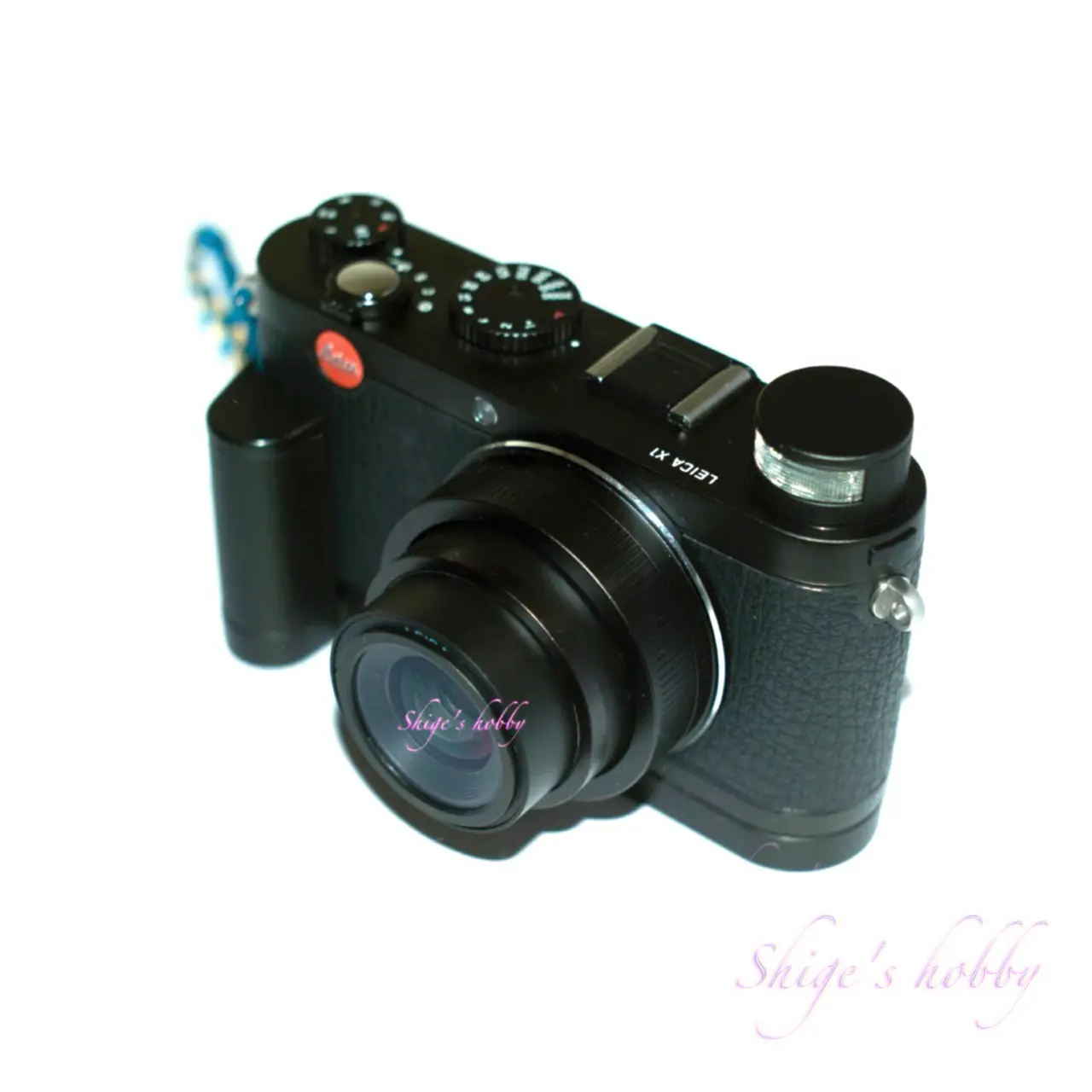
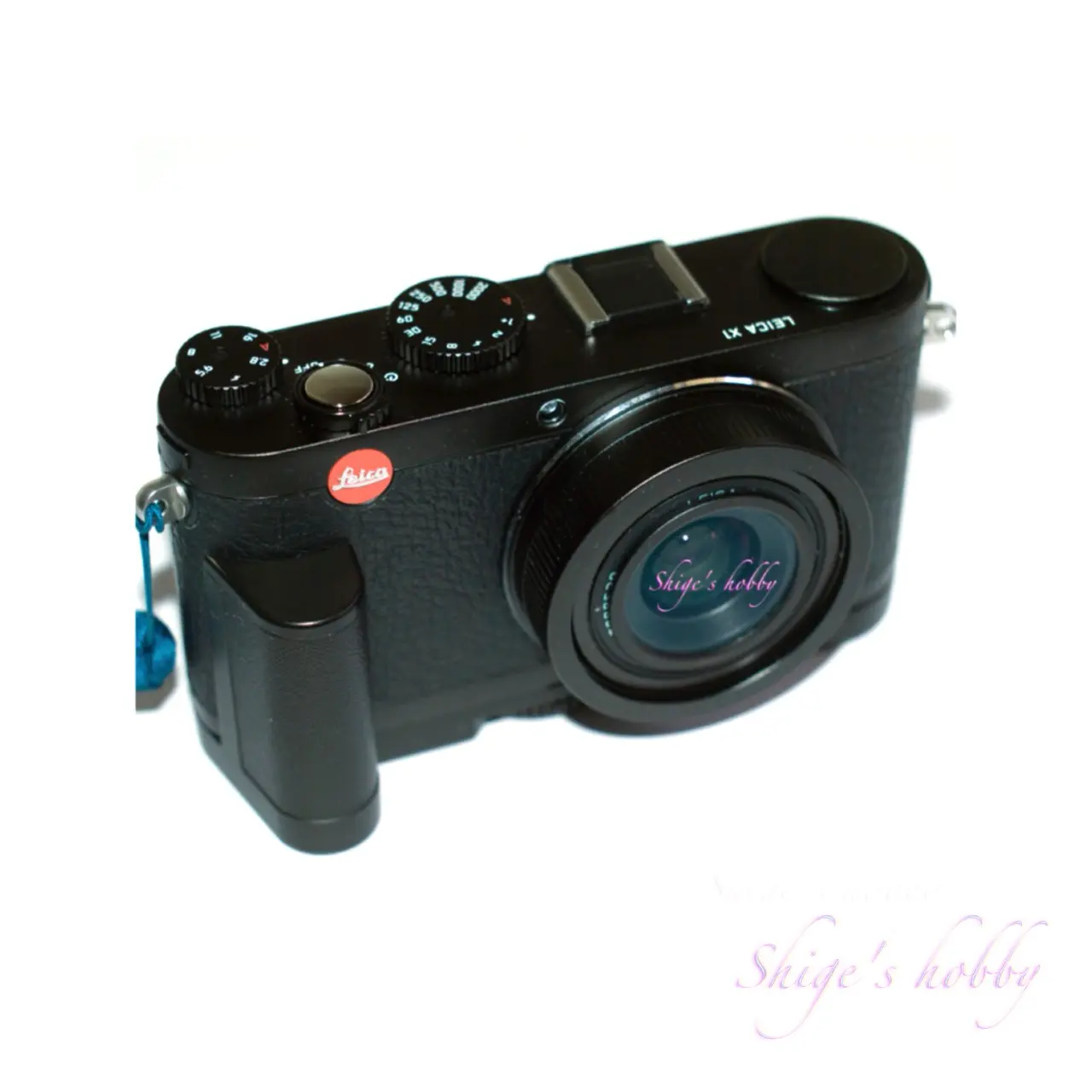
1.Overview
The LEICA X1 is a compact camera with an integrated lens and an APS-C size sensor made by Leica, released in 2010.
The main specifications are summarized below, and detailed specifications are listed in the table.
- Equipped with a 12.2 megapixel APS-C size sensor
- The camera is equipped with an Elmarit 24mm lens, which is equivalent to a focal length of 36mm in 35mm format
- The Viewfinder only supports optical cameras that are attached to a hot shoe
- The standard exterior colors are titanium gray and silver
2.Usability
The LEICA X1 is equipped with a fixed Elmarit 24mm lens, and since the camera is equipped with an APS-C size sensor, the actual shooting range is trimmed according to the sensor size, and the focal length is equivalent to 36mm in 35mm format.
The images captured by this Elmarit 24mm and 12.2 megapixels have a quality that is still acceptable in 2025.
The operation system is simple, and is operated with two dials on the top of the camera. If the shutter and aperture are set to A, you can leave it to program AE mode, and if you set the shutter speed, the aperture is automatically adjusted in so-called shutter speed priority mode, if you set the aperture value, it will change to aperture priority mode, and if you set both, it will change to manual mode.
The LEICA X1 is a camera that seems to assume autofocus, but it also has a manual focus mode for when the camera does not focus, and this can be changed by changing the mode with the down button on the cross key and operating the dial on the back.
The X1 and the lens barrel are just tubes, and there is no function to change the aperture or control the focus.
The Leica M-type interchangeable lens camera has only a shutter dial on the top of the camera, and the lens aperture is used for focus and aperture control. Leica users who are used to this method may find the two-dial operation of the LEICA X1 a little strange.
The successor model, the Leica X Vario Typ107, allows zoom and focus control on the lens barrel, while the Leica X Typ113 allows focus control on the lens barrel. The aperture is still controlled by a dial on the top of the camera, so it does not have to be a physical aperture, so it is preferable for the lens barrel to have an aperture ring.
With the Leica Q series equipped with a 35mm full-frame sensor, both the aperture change and focus functions are equipped on the lens barrel, just like the Leica M-type camera.
At the LEICA X1 launch event, it was stated that the “start-up time is about 0.2 seconds,” but the time from when the camera is turned on until the retractable lens is fully extended and it is actually possible to take pictures feels longer than the specs suggest.
When you have time, such as when taking photos from a table, you don’t notice the slow start-up, but when you want to capture a momentary shutter opportunity, such as when taking snapshots in the city, you will feel a delay of one beat when starting up the camera, which is frustrating.
When taking pictures, the AF operation, data writing, etc. are generally slow.
An optional handgrip (Leica code number: 18712) is available for the LEICA X1 LEICA X2, and LEICA X-E. Because the body is flat and has few grip points, photographers who don’t use a strap should consider using one to prevent the camera from falling. If you’re using a strap, you can easily grip the strap and camera without a handgrip and still shoot without any issues. This is a matter of personal style and preference.
The BP-DC8 battery is used for the LEICA X1, X2, X-E, X-U, and X Vario. This battery shape is unique to Leica and is not available from other manufacturers. The camera’s rated shot capacity is 260 shots, and in actual use, I still had some battery power left after taking around 200 shots.
One weakness of this camera is that the battery retaining tab breaks easily, and used cameras with broken battery retaining tabs are often found. It seems that it can be used if you forcefully hold the battery in place with the cover, but I saw that replacement parts are being sold on Ali express in China.
The exterior colors are black and steel gray, as shown in the photo, and a limited edition (80 units) called the “Leica X1 Ostrich Edition” has been released, with the leather on the steel gray body changed to ostrich.
The X1’s hot shoe terminal is only for external flashes, and it is not compatible with devices that require electrical signal exchange, such as EVFs. A viewfinder that only shows the 36mm shooting frame is sold separately.
The X2 was improved to allow the attachment of an EVF, but with the EVF attached it looks like an added extra and there is no sense of unity, and I feel that the design of the X1, which has fewer bumps on the top surface, is superior.
What I like most about this camera is the design of the pop-up flash; the cylindrical flash is integrated into the camera and is beautiful because even when it pops up when in use, the camera and flash are seamlessly connected.
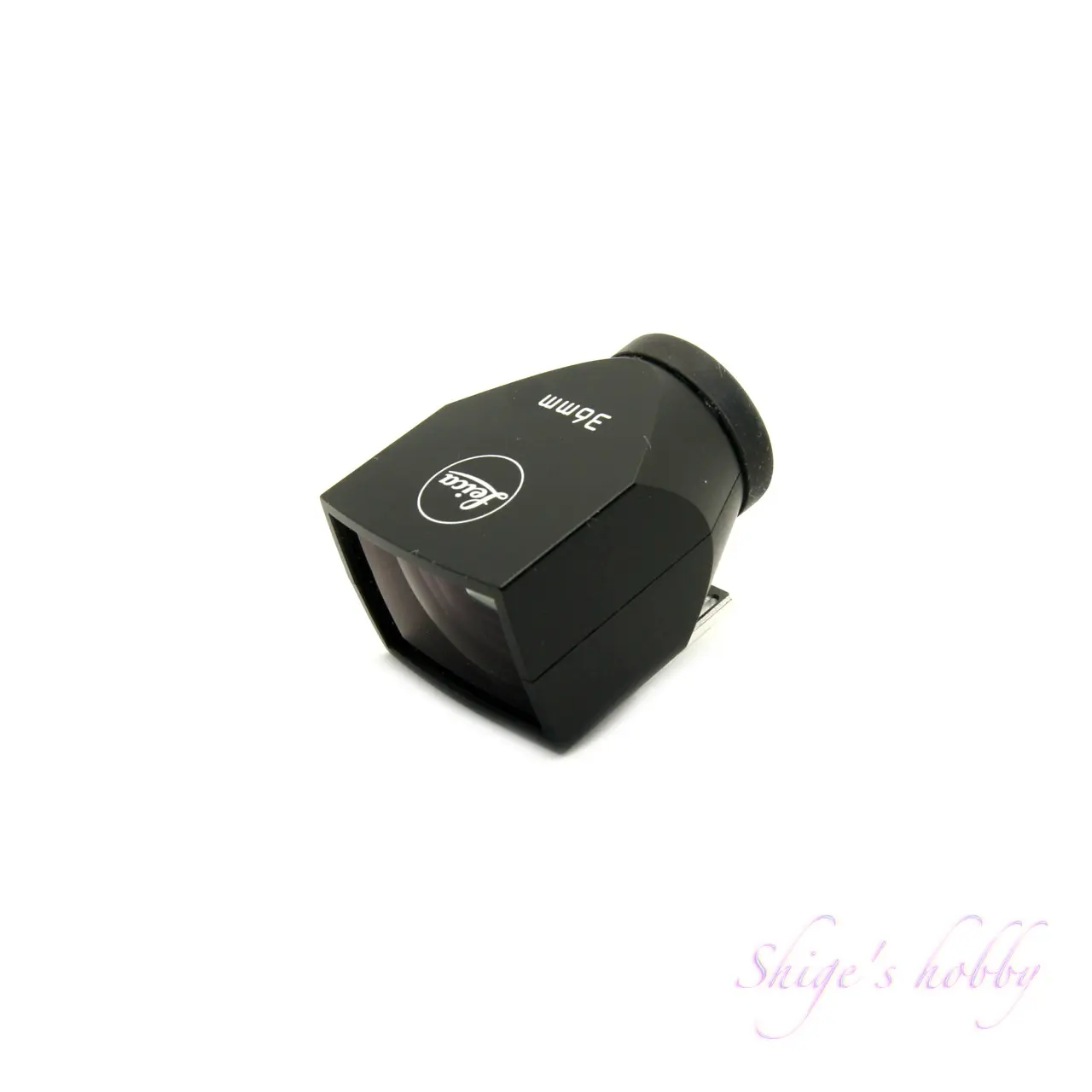
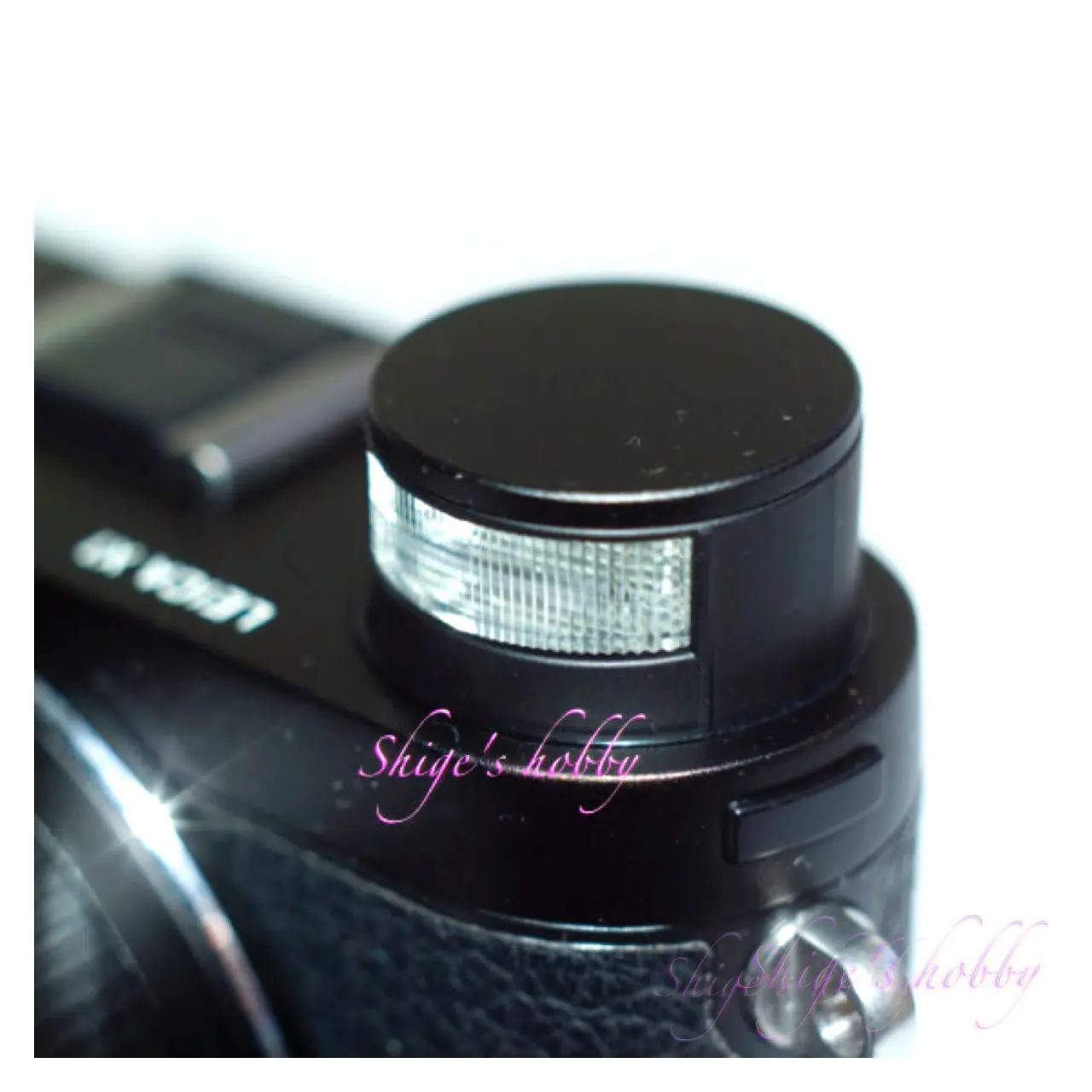
3.Summary
In conclusion, to sum up the LEICA X1, it is an original Leica compact camera with an integrated lens, and because of its slow processing system, the camera startup, autofocus speed, and accuracy are slower than cameras from the 2020s.
It is a slow camera for taking careful pictures of your subject, rather than for quick shots.
Specification and Competitor
Competing models include the Ricoh GR series and Fujifilm’s X100 series, but the operation systems of the three cameras are quite different. Photographers who are used to Japanese cameras may be more familiar with the Fujifilm, which has an exposure ± dial, and the Ricoh, which has mode settings. In both cases, it’s a matter of getting used to it, so after a little use, you’ll probably feel no discomfort with either camera.
| Model name | LEICA X1 | FUJIFILM X100 | RICOH GR |
| Actual focal length | 24 | 23 | 18.3 |
| 35mm equivalent focal length | 36 | 35 | 28 |
| Lens Construction | 8elements in 6groups | ← | 7elements in 5groups |
| Max aperture | 2.8 | 2 | 2.8 |
| Leaf blade | 7 | 9 | 9 |
| Min distance | 0.3 | 0.1(マクロ) | ← |
| Number of pixels (Megapixcel) | 12.2 | 12.3 | 16.2 |
| Image Sensor Size | APS-C | ← | ← |
| Viewfinder | none | EVF-2 | none |
| Back LCD Panel | 2.7 | 2.8 | 3.0 |
| LCD resolution | 230,000 dots | 460,000 dots | 1,230,000 dots |
| Battery-type | BP-DC8 | NP-95 | DB-65 |
| Memory card | SDHC | SDHC | SDXC |
| Release date | 2010 | 2011 | 2013 |
| Body color | Black Glay | Black Silver | Black Limited color |
| Model name | X1 | X2 | X-Vario | X | X-E | X-U |
| Actual focal length | 24 | 24 | 18-46 | 23 | 24 | 23 |
| 35mm equivalent focal length | 36 | 36 | 28-70 | 35 | 36 | 35 |
| Number of pixels (Megapixcel) | 12.2 | 16.2 | 16.2 | 16.2 | 16.2 | 16.2 |
| Image Sensor Size | APS-C | APS-C | APS-C | APS-C | APS-C | APS-C |
| Viewfinder | none | EVF-2 | EVF-2 | VISOFLEX1 | EVF-2 | none |
| Back LCD Panel | 2.7 | 2.7 | 3.0 | 3.0 | 3.0 | 3.0 |
| Battery-type | BP-DC8 | BP-DC8 | BP-DC8 | BP-DC8 | BP-DC8 | BP-DC8 |
| Memory card | SDHC | SDXC | SDXC | SDXC | SDXC | SDXC |
| Release date | 2010 | 2012 | 2013 | 2014 | 2014 | 2016 |
| Body color | Black Glay | Black Silver White Olive Paul Smith Daimaru Tokyo à la carte | Black Silver Tokyo station Nagoya Galeries Lafayette | Black Silver Maroon White Moncler | Titan | Black x Silver |
Option
- LEICA X1 / X2 Handgrip
- JJC LEICA X1 / X2 Auto lens cap
- 36mm external viewfinder
Reference links
Affiliate links
- Leica Lens・Ads by Amazon
- Leica Books・Ads by Amazon

Amazon Prime Sale
Update history
- 2024.08.6:Update
- 2024.02.19:Update
- 2023.04.21:First draft

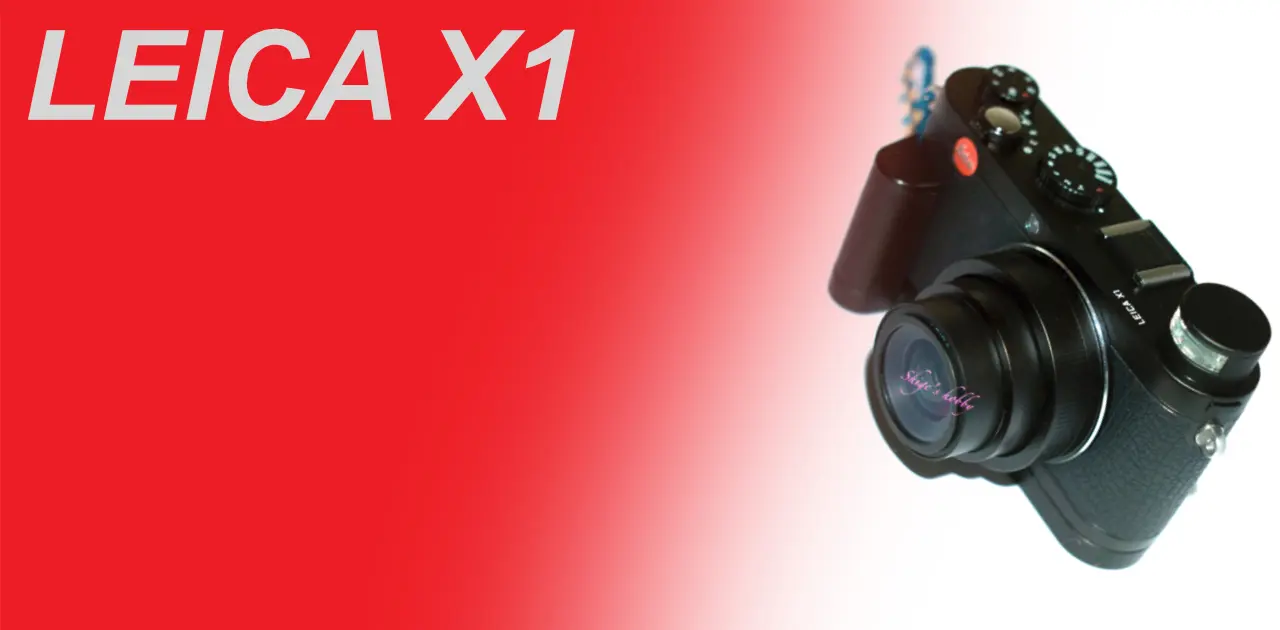

Be First to Comment